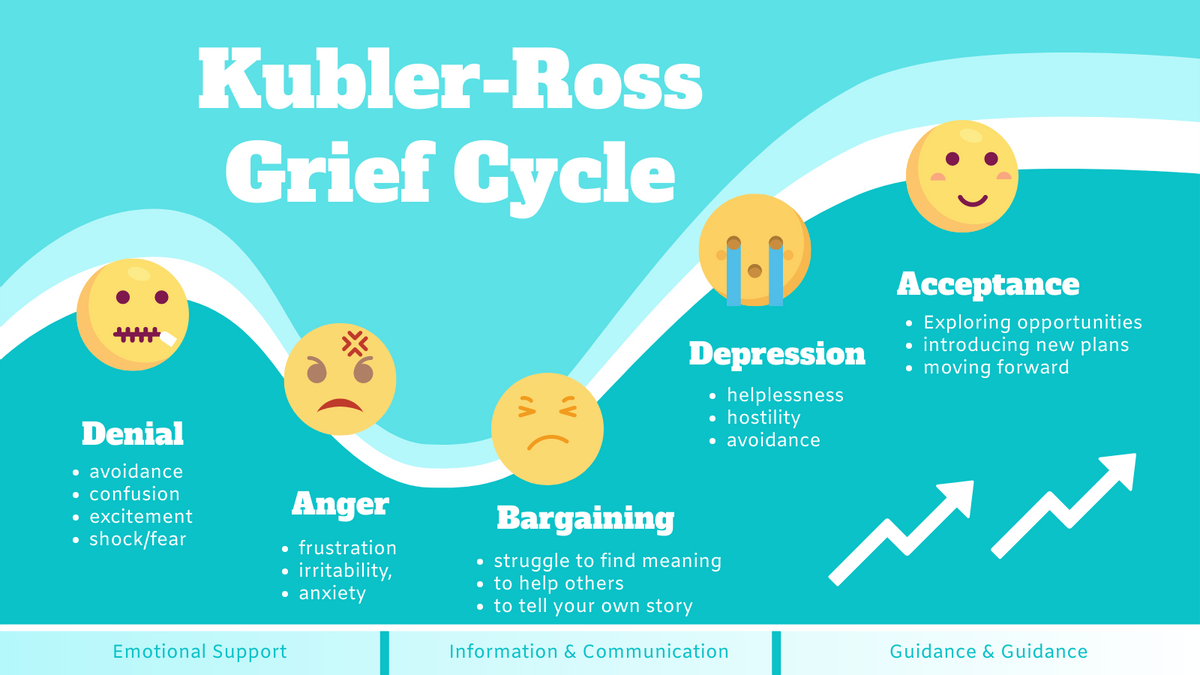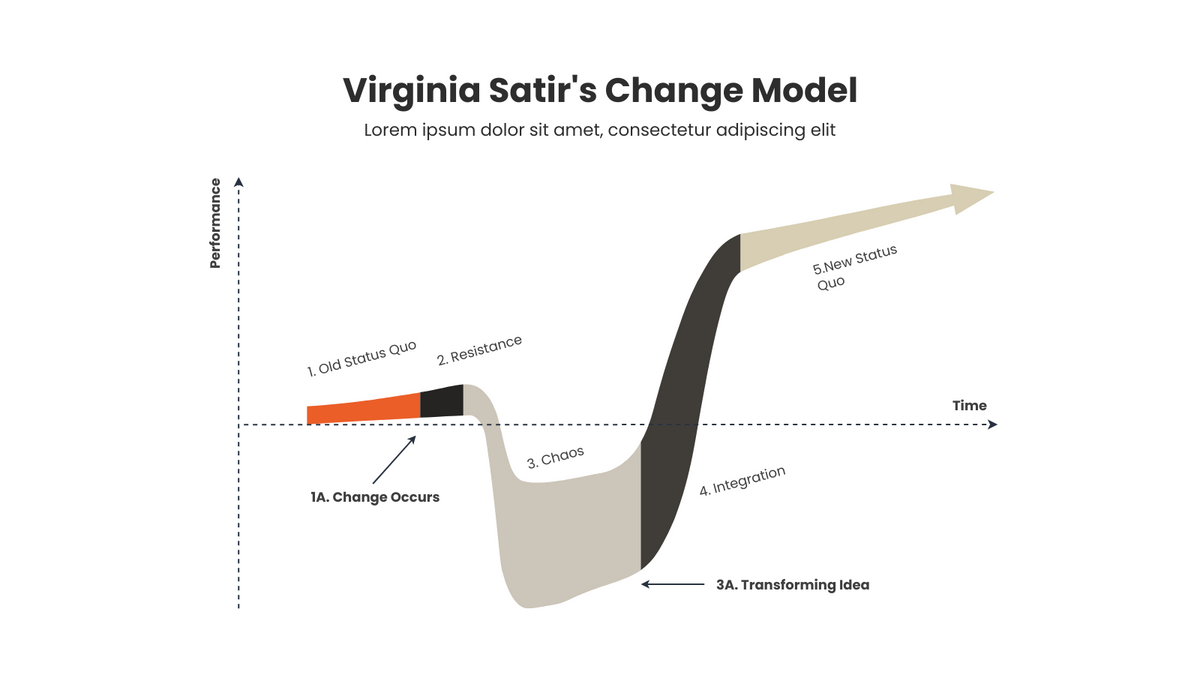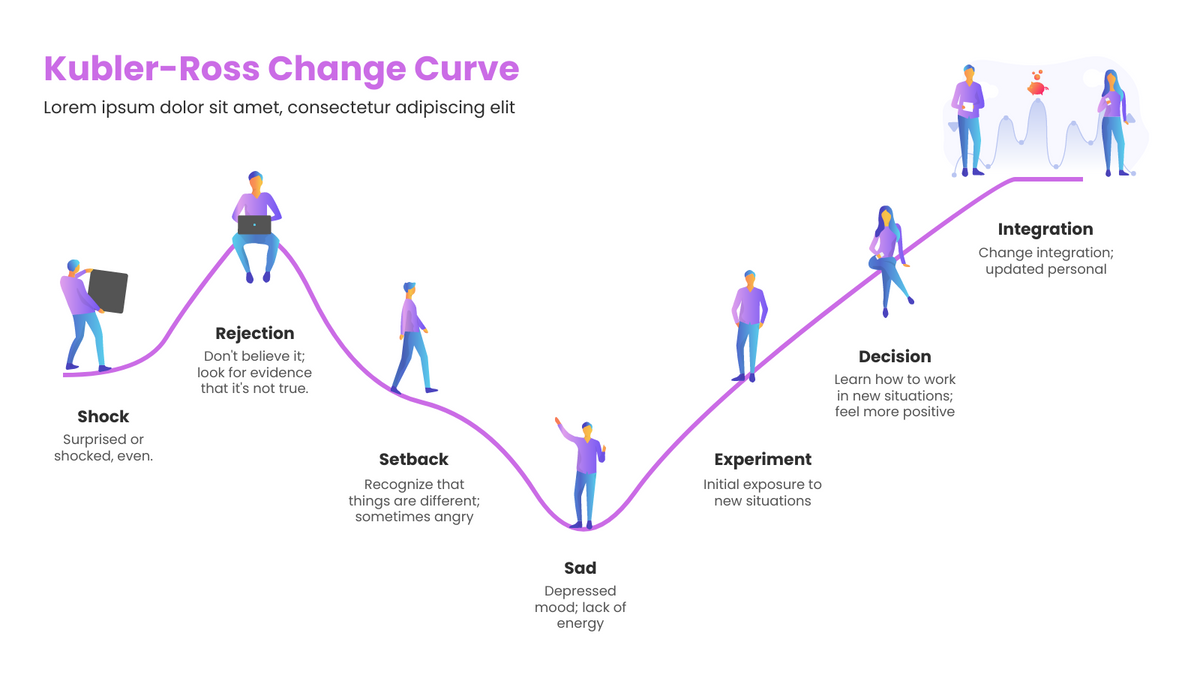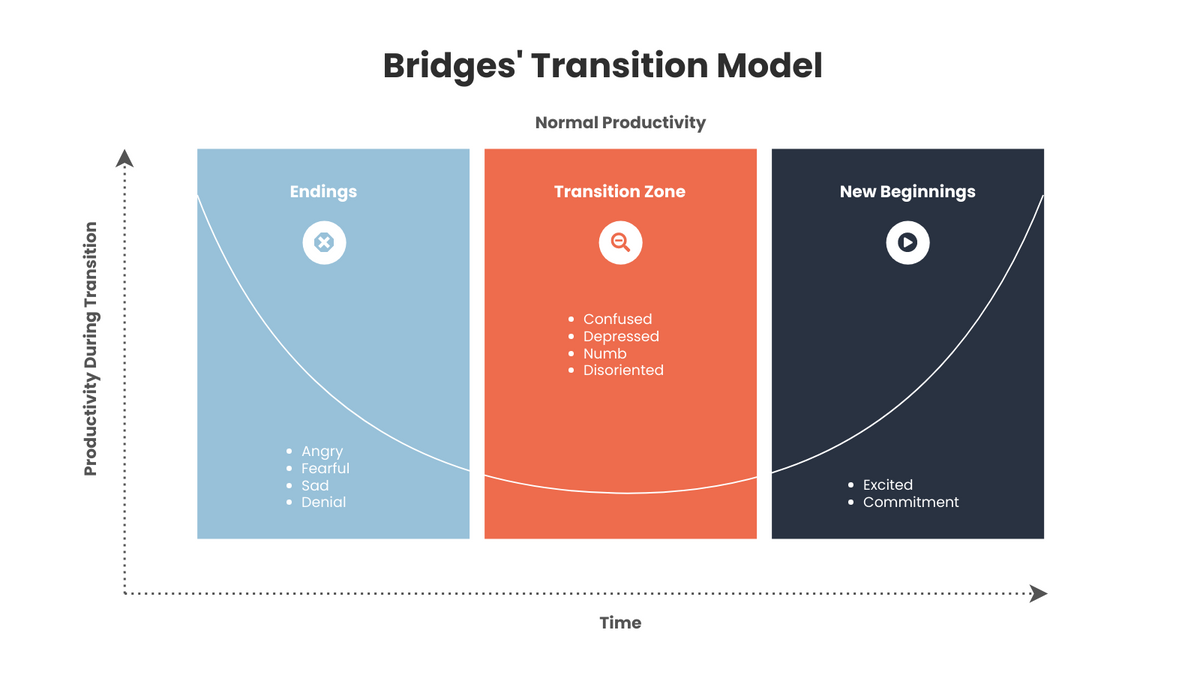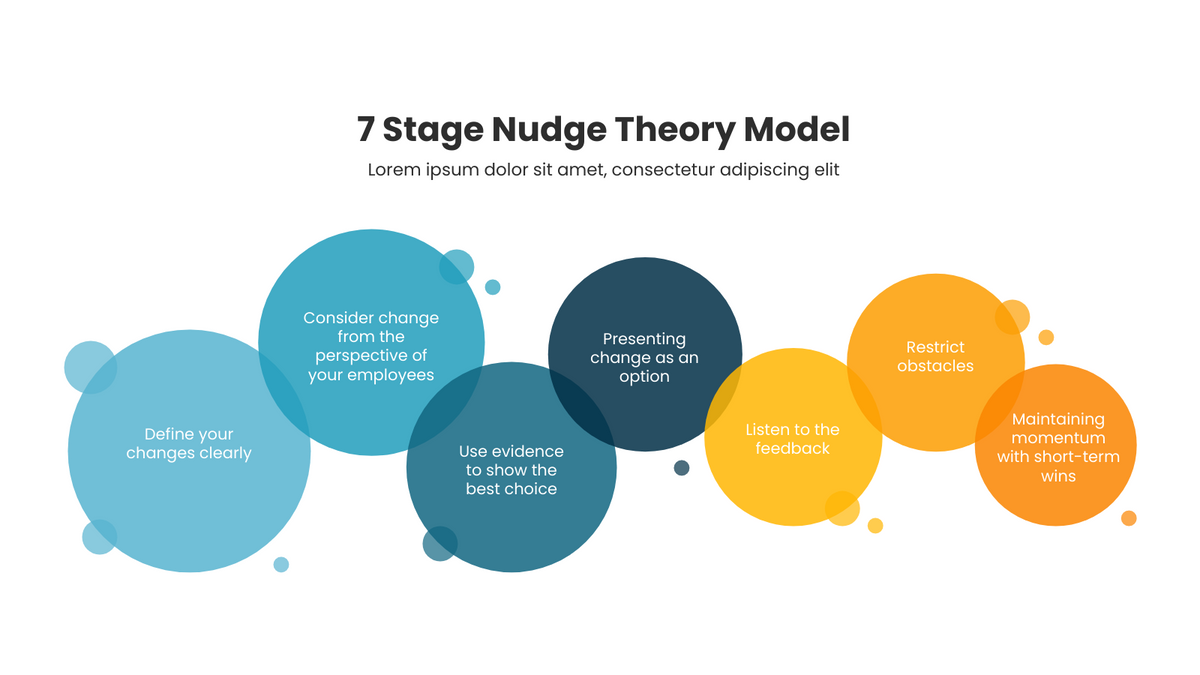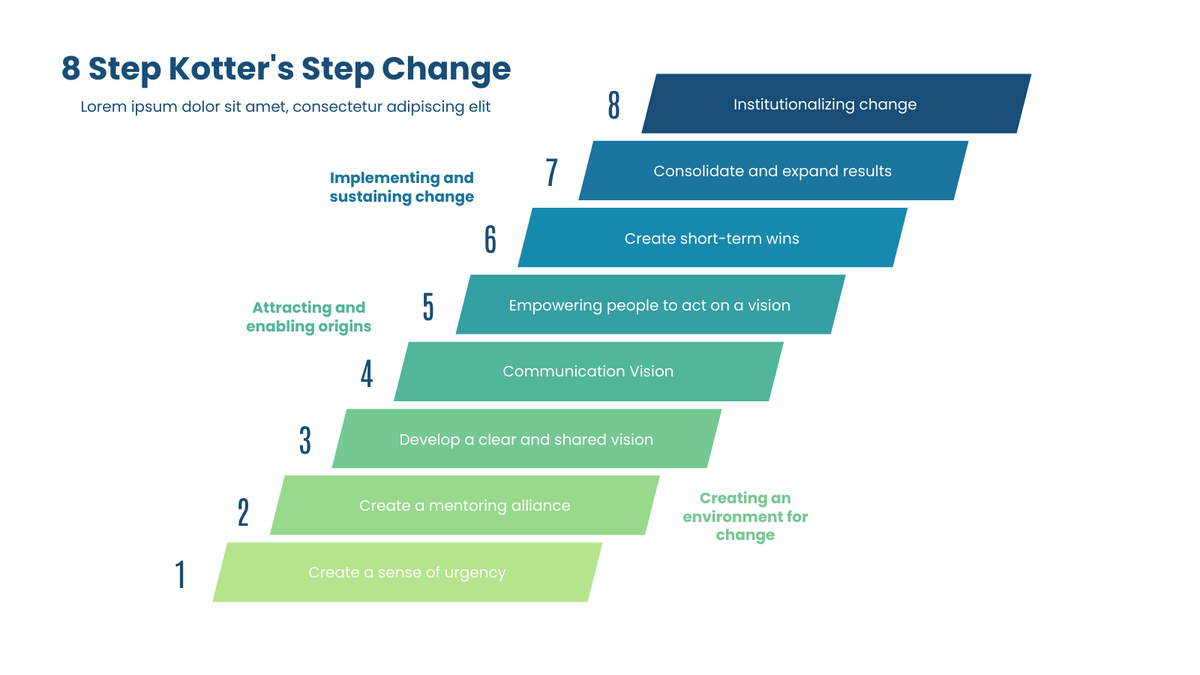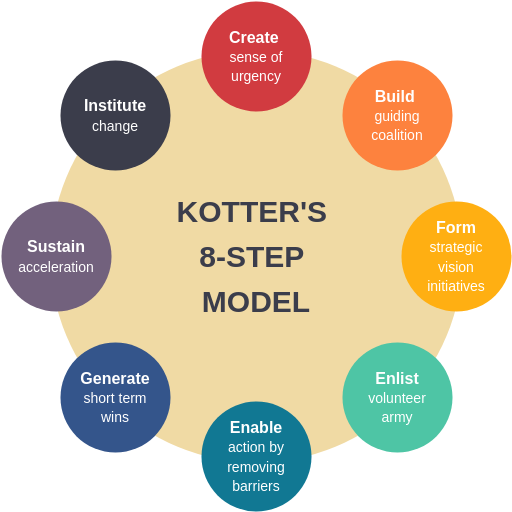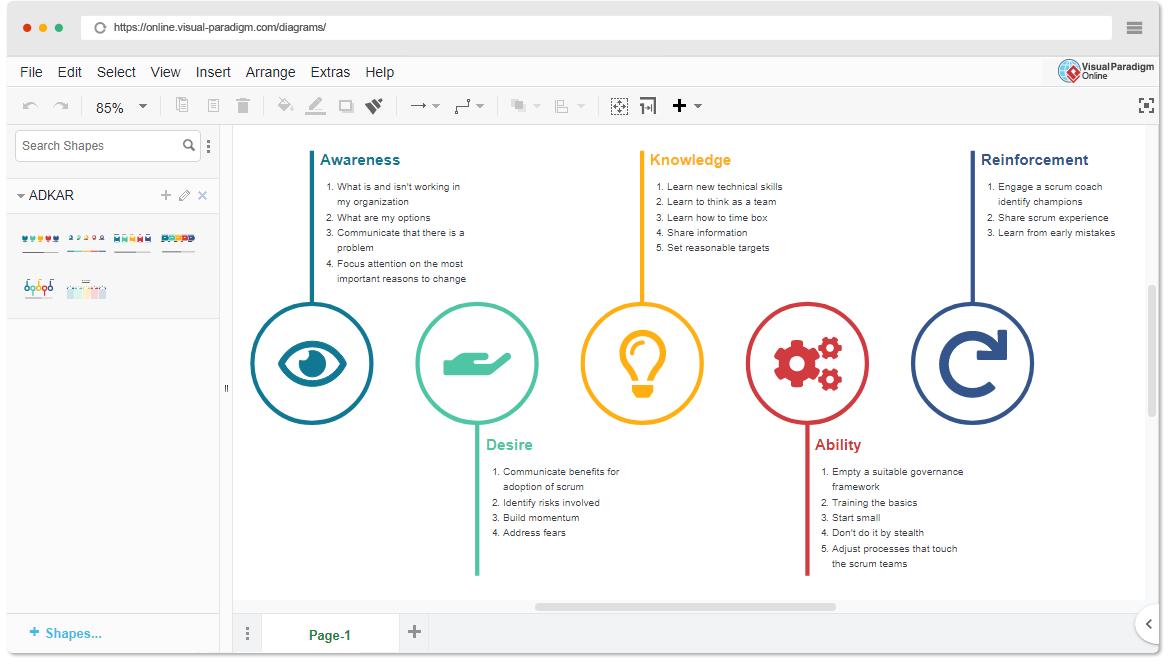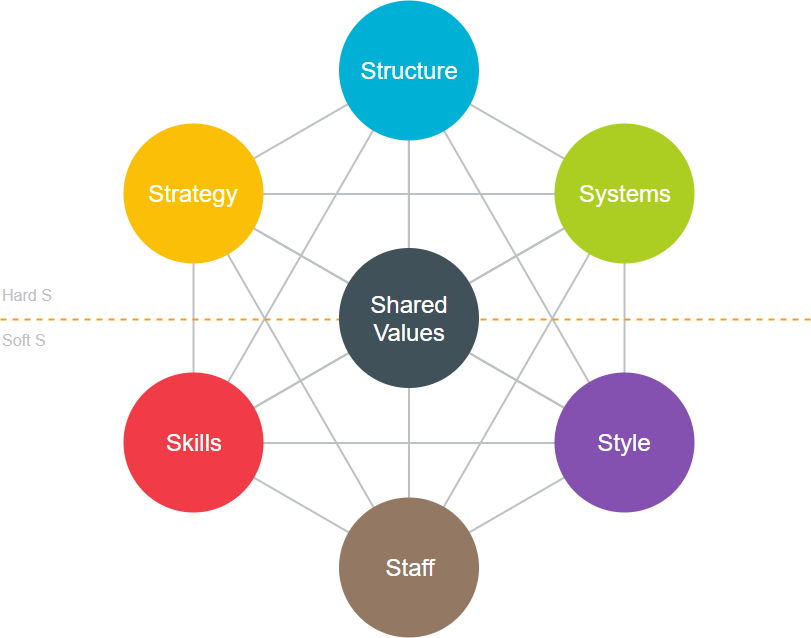死ぬ瞬間とは何ですか?
The "five stages of grief" vary from person to person, and some people may only go through a few of these stages; others may get stuck in "depression" and even choose to end their lives, never reaching the point of "accepting" the truth. Stages. By understanding the "five stages of grief," you can help yourself examine your current state, find ways to cope, and get out of the shadow of grief faster. Sometimes a change of mind, a change of thought, is the key to "acceptance".

